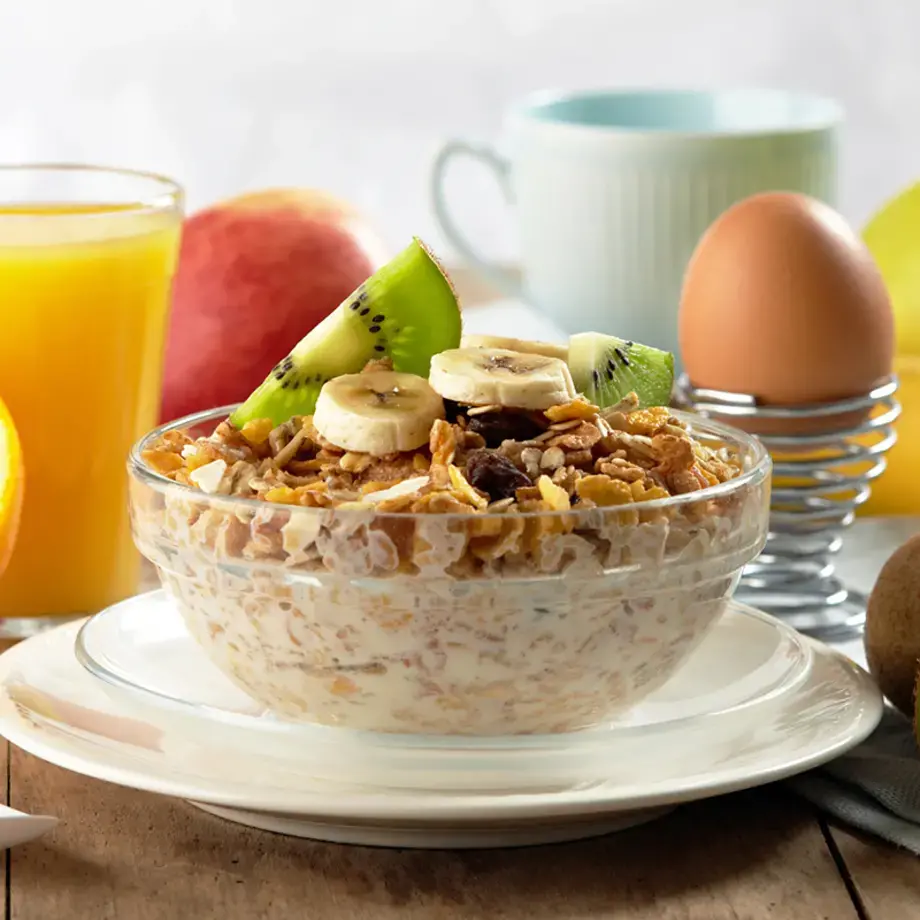Thin and crispy, with its subtle aroma and the grainy feel of salt: just one bite makes you want to take another, immediately. What are we talking about? French fries, of course. Simple, unsurpassable, French fries. However, when it comes to actually making them well, it seems that cooking French fries requires a kind of shamanic ritual. The ingredients and technique may be simple, but we can never be sure about the final result.
This is not actually the case: frying a good fry is within everybody’s power, but ensuring that they are crisp and thin requires knowing a few secrets and tricks. And a few laws of chemistry and physics. Let’s begin with an obvious consideration. French fries – in any variant – aren’t among the healthiest of foods, so it’s quite useless to try and make them into something they’re not. Once you’ve decided to make delicious French fries, it’s better to just follow the classic steps instead of trying to tweak them into something healthier that simply makes them less tasty – and they’ll never be as healthy as a salad, so why bother? If you’re concerned about health, eat and enjoy your fries… and then eat broccoli the next day.








